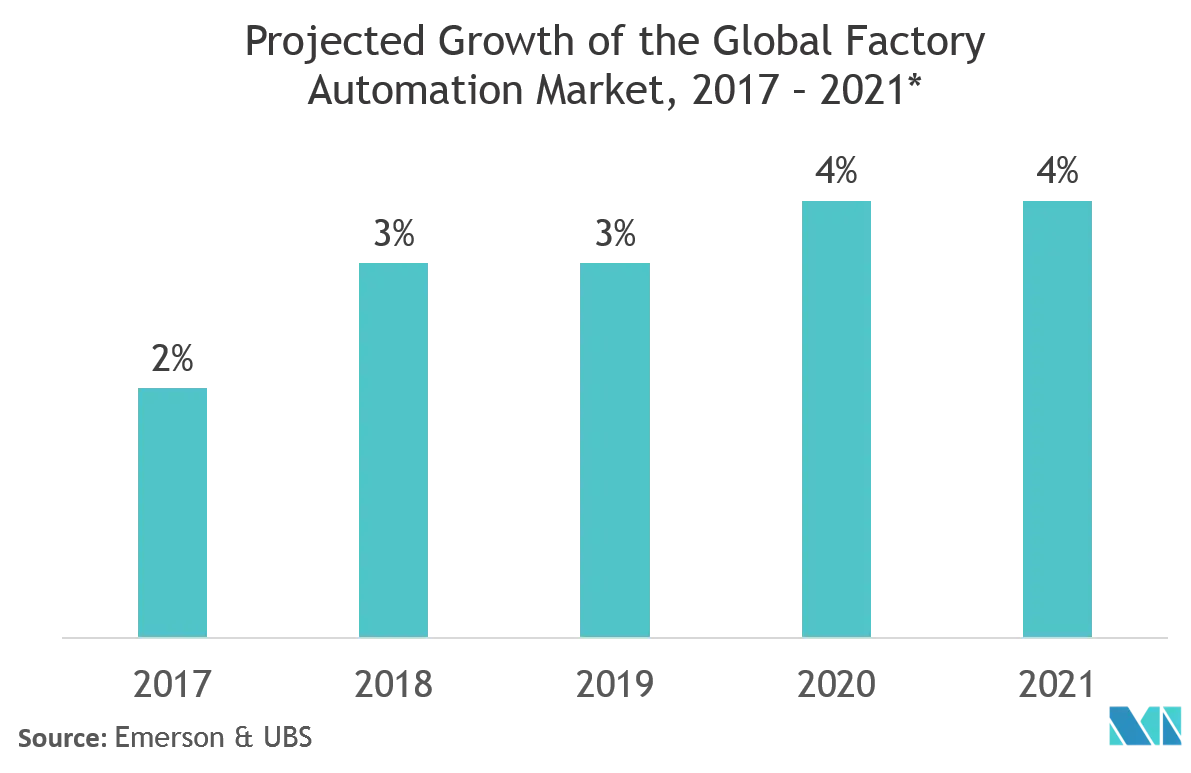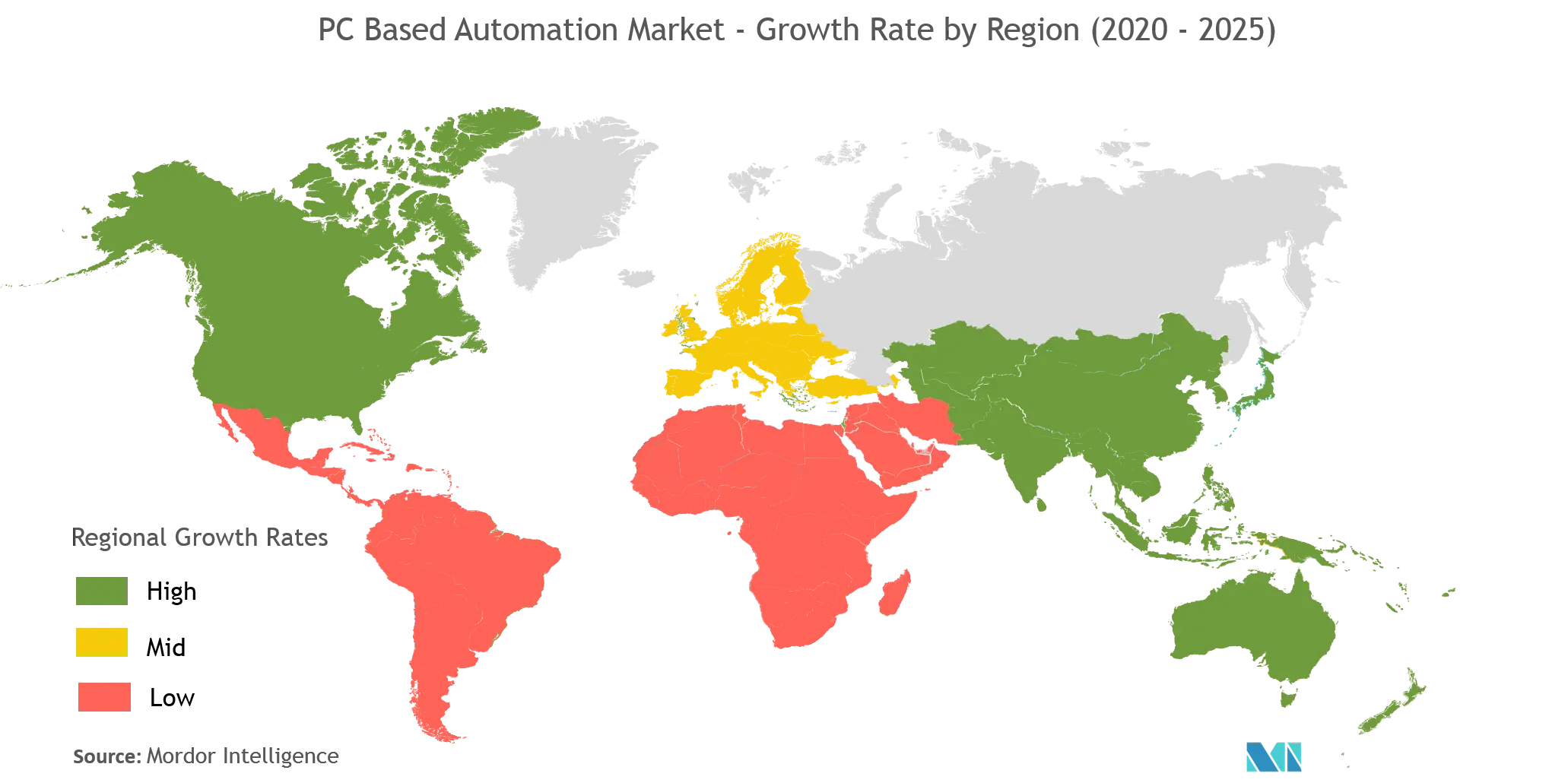Market Trends of PC Based Automation Industry
This section covers the major market trends shaping the PC Based Automation Market according to our research experts:
Evolution of Industrial Internet of Things and Increase in Demand for Smart Automation Solutions
- The Industrial Internet of Things (IIoT) is an industrial framework that utilizes a large number of devices or machines connected and synchronized through software tools and third-party platform technologies. Many local IoT applications on factory floors and in complex machines have started linking multiple proximal networks using cloud-based data aggregation and supervisory control systems.
- Additionally, as the IoT technology becomes more widespread across the consumer and industrial sectors, IoT applications are expected to employ distributed architectures. Large-scale deployments and the need for interoperability (e.g., cross-vendor, cross-silo, cross-organizational) may lead to solution architectures becoming increasingly dependent on new and standardized enablers that ensure interlinking of multiple sub-systems to peers and central cloud systems.
- This need for supporting IoT environments in manufacturing setups is leading to the up-gradation of PLCs. The PC-based automation market is expected to be fueled by the fusion of PLC and PAC (programmable automation controller) functions.
- The introduction of PC-based automation is expected to reduce costs and increase the competitiveness of manufacturing setups. According to GE estimates, a 1% improvement in its productivity across its manufacturing base, established globally, translates into USD 500 million in annual savings.
- Furthermore, government initiatives are expected to fuel market growth. For instance, the French government introduced ‘La Nouvelle France Industrielle,’ a 10-year plan that was launched to assist companies operating in the country to competitively position themselves in the future markets. This program is expected to be completed by 2023.

North America to Hold the Largest Market Share
- The North American region has an ecosystem where multiple vendors that are capable of supplying sensors, robotics, digitalization, industrial IoT, and in-depth data analysis operate. Hence, the rate of switching from legacy systems to automated pc-based systems is much higher. Additionally, smart manufacturing techniques ensure increased productivity, leading to a competitive advantage compared to low wage countries.
- This has led to the governments in the region undertaking initiatives to ensure increased automation of manufacturing facilities. In October 2018, the White House Office of Science and Technology announced a “Strategy for American Leadership in Advanced Manufacturing”, to facilitate the digital transformation of the manufacturing sector by using Big Data analytics and advanced sensing and control technologies.
- Furthermore, the Canadian government has been focusing on industrial R&D collaboration opportunities with German organizations, to introduce AI in the Canadian manufacturing set-up within the next 3-5 years. Global Affairs Canada, through the Embassy of Canada in Berlin and the National Research Council Industrial Research Assistance Program (NRC-IRAP), has been undertaking the Industry 4.0 initiatives for the government.


